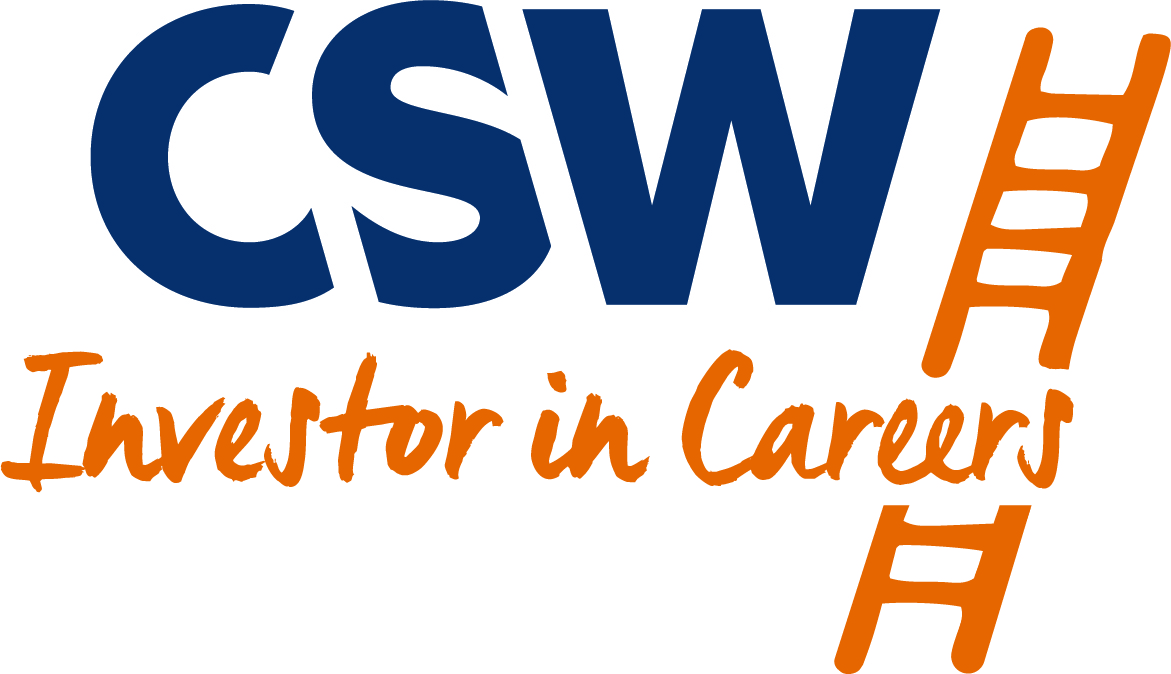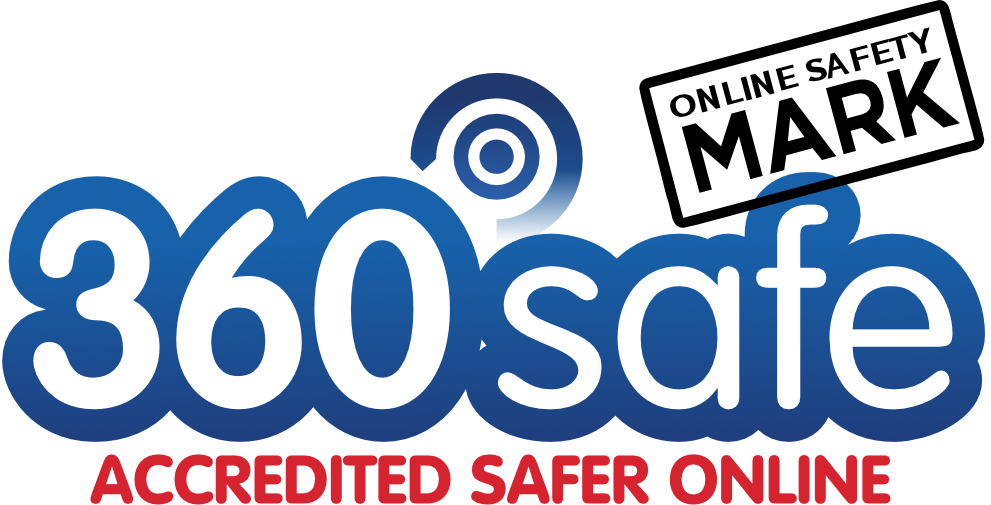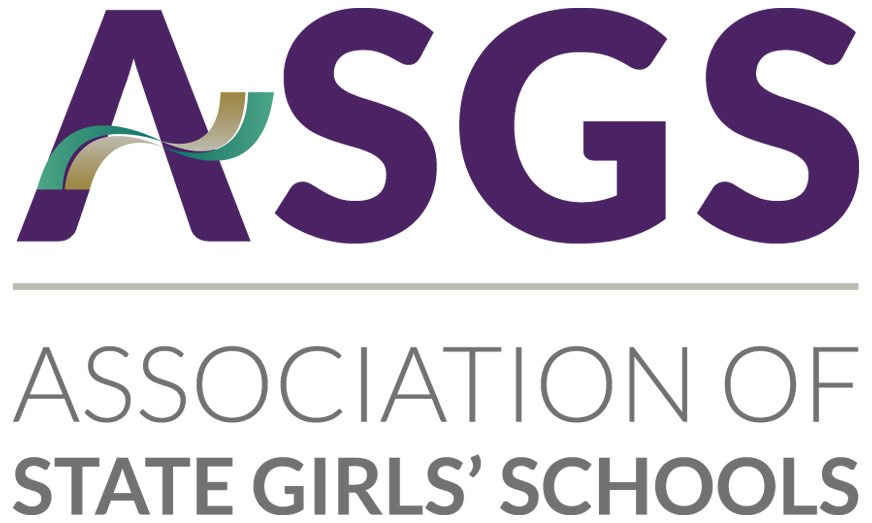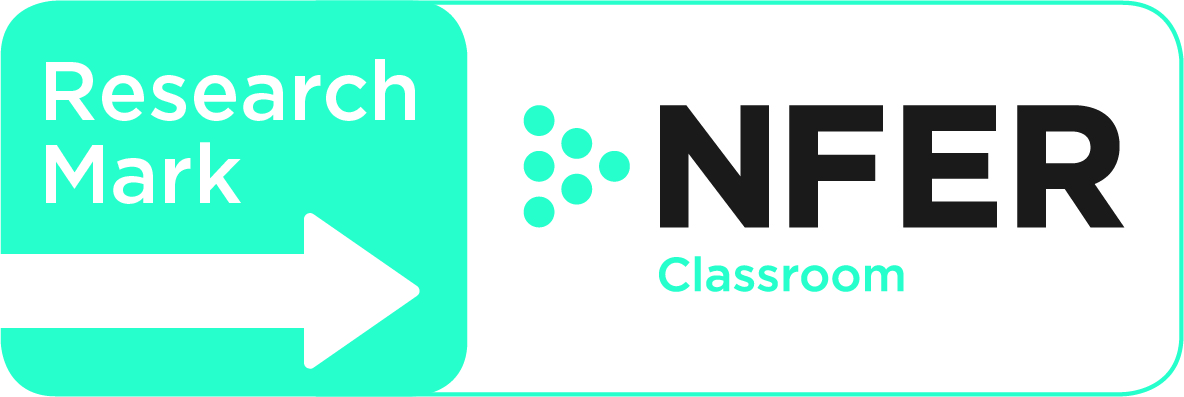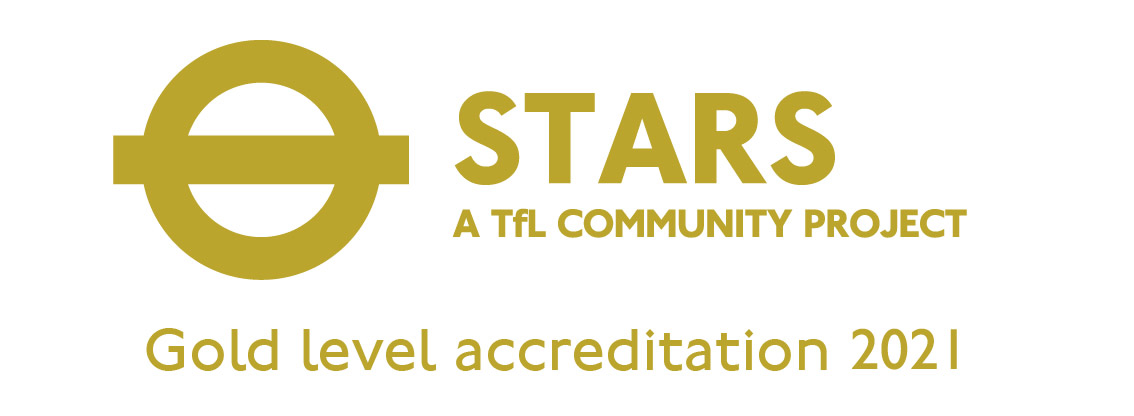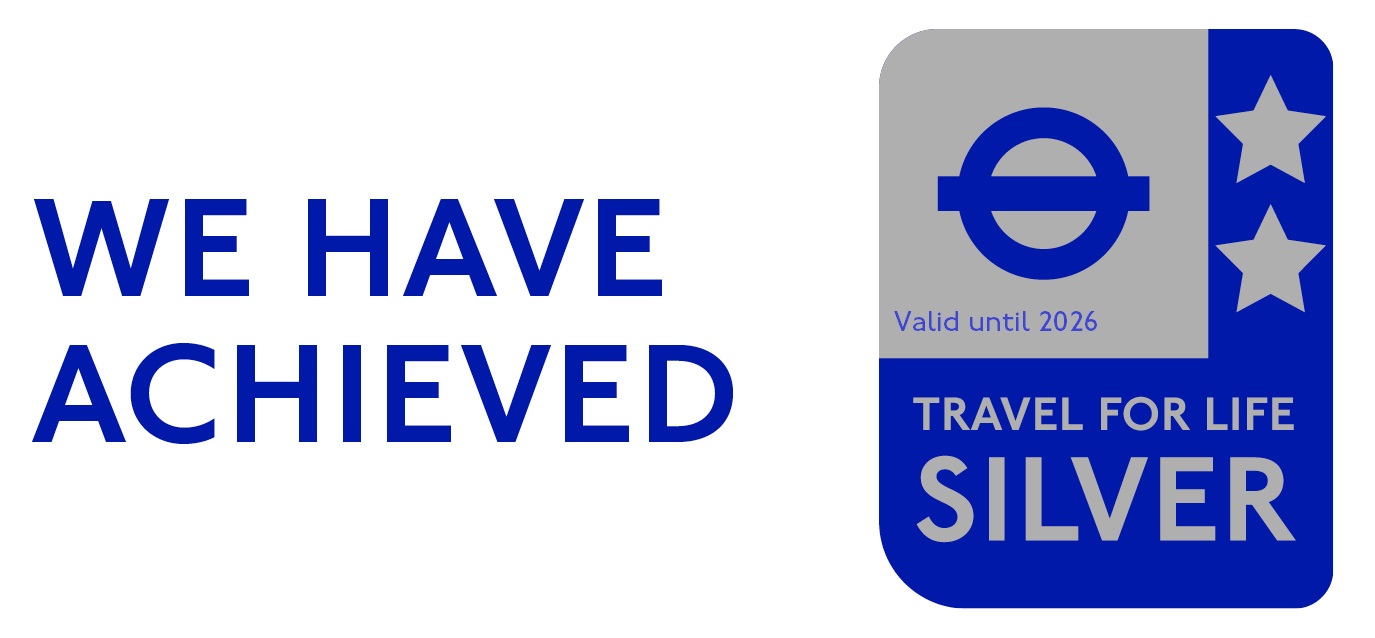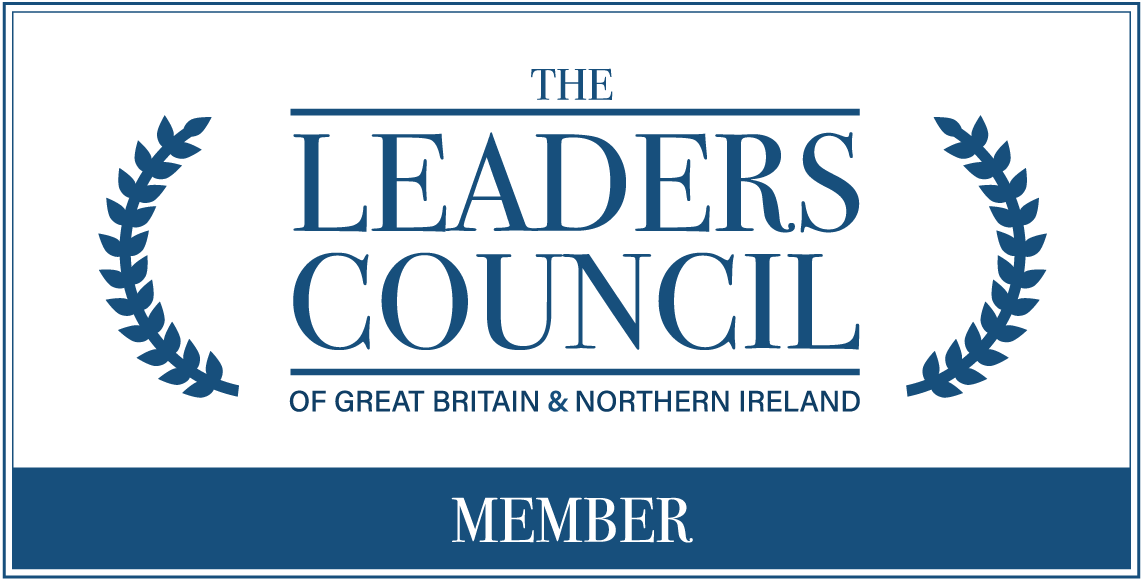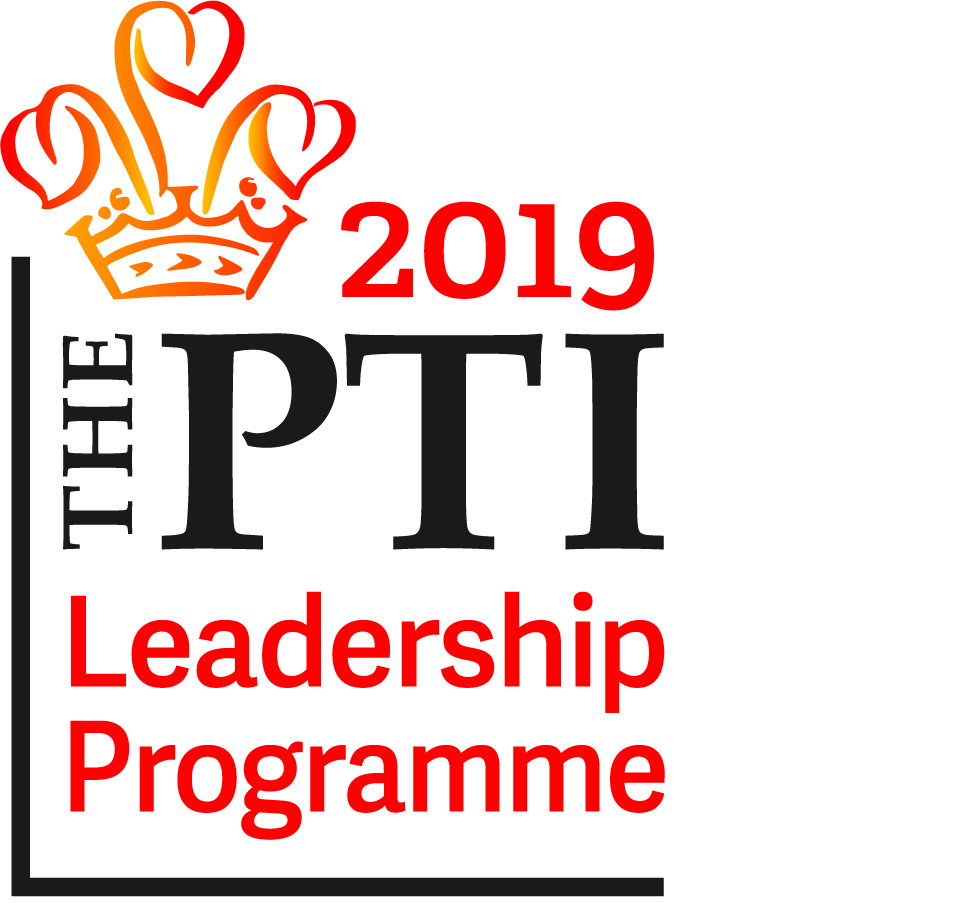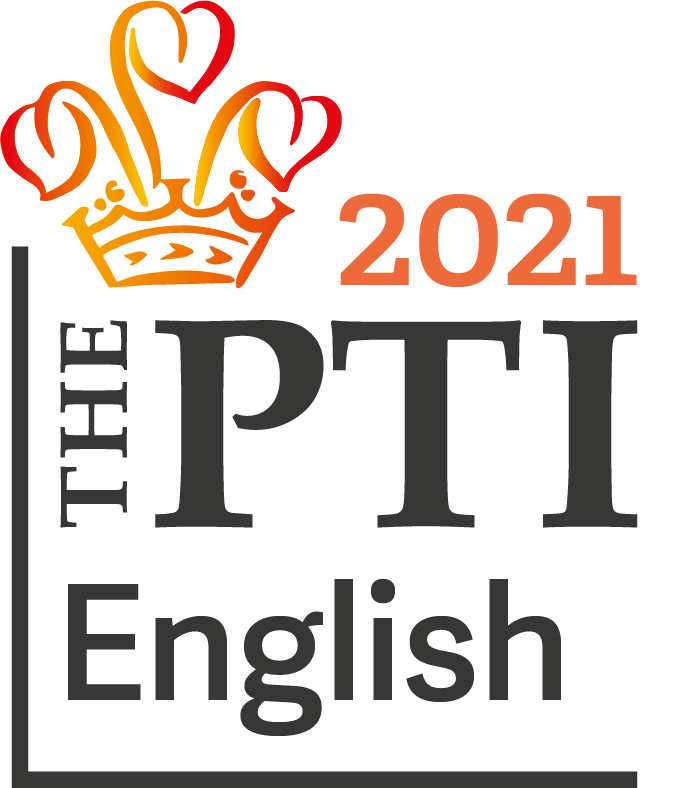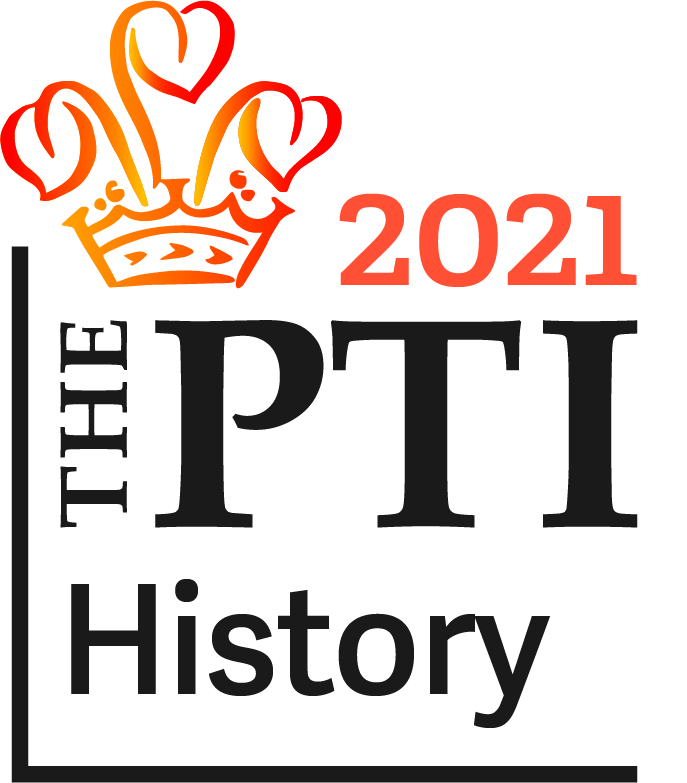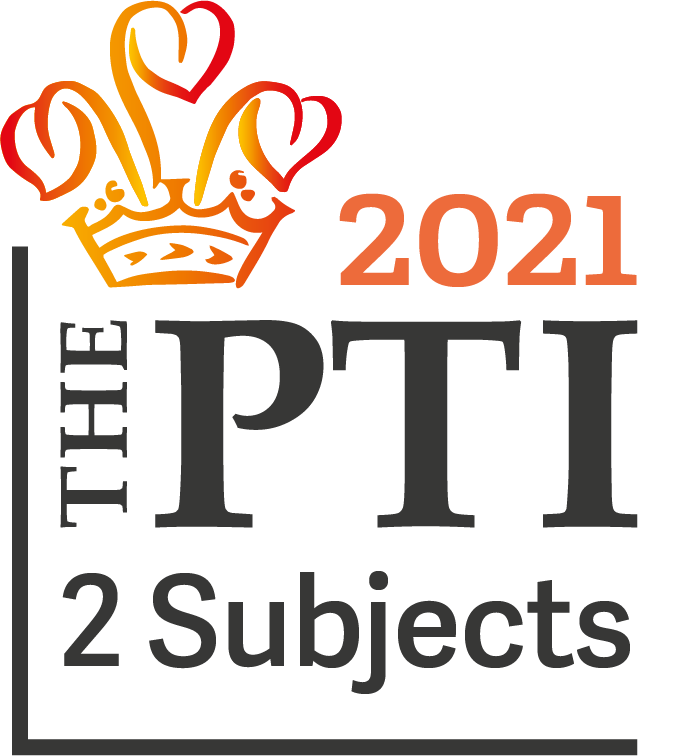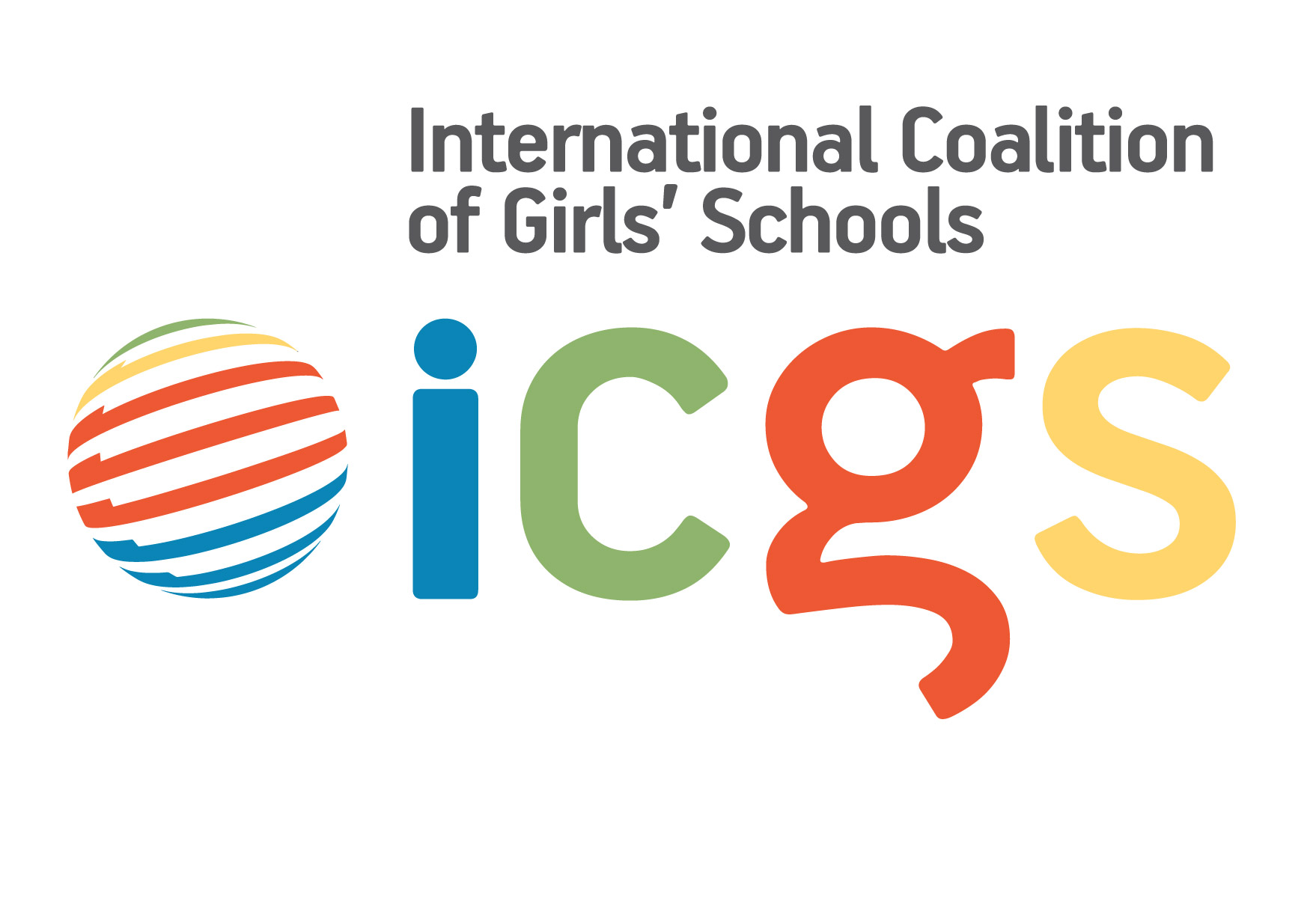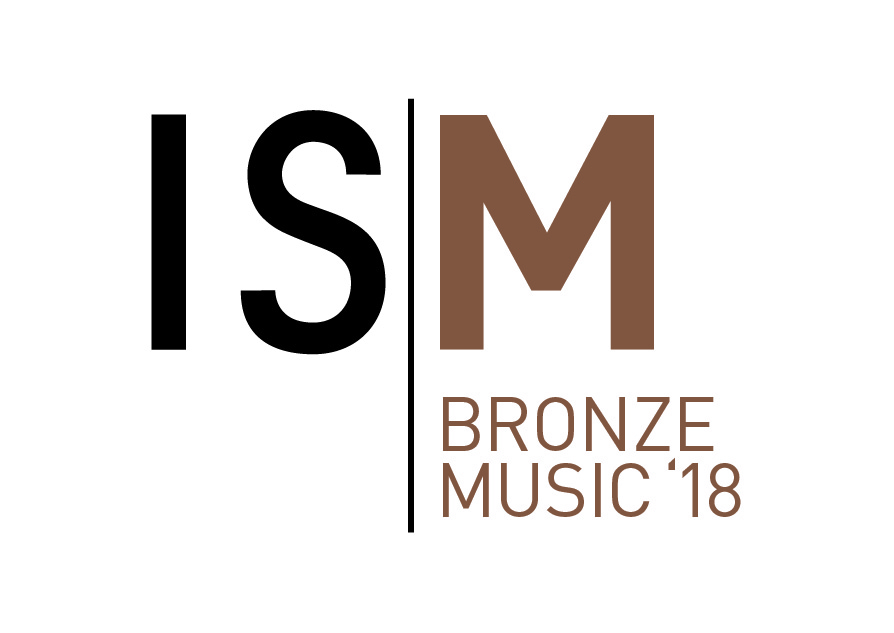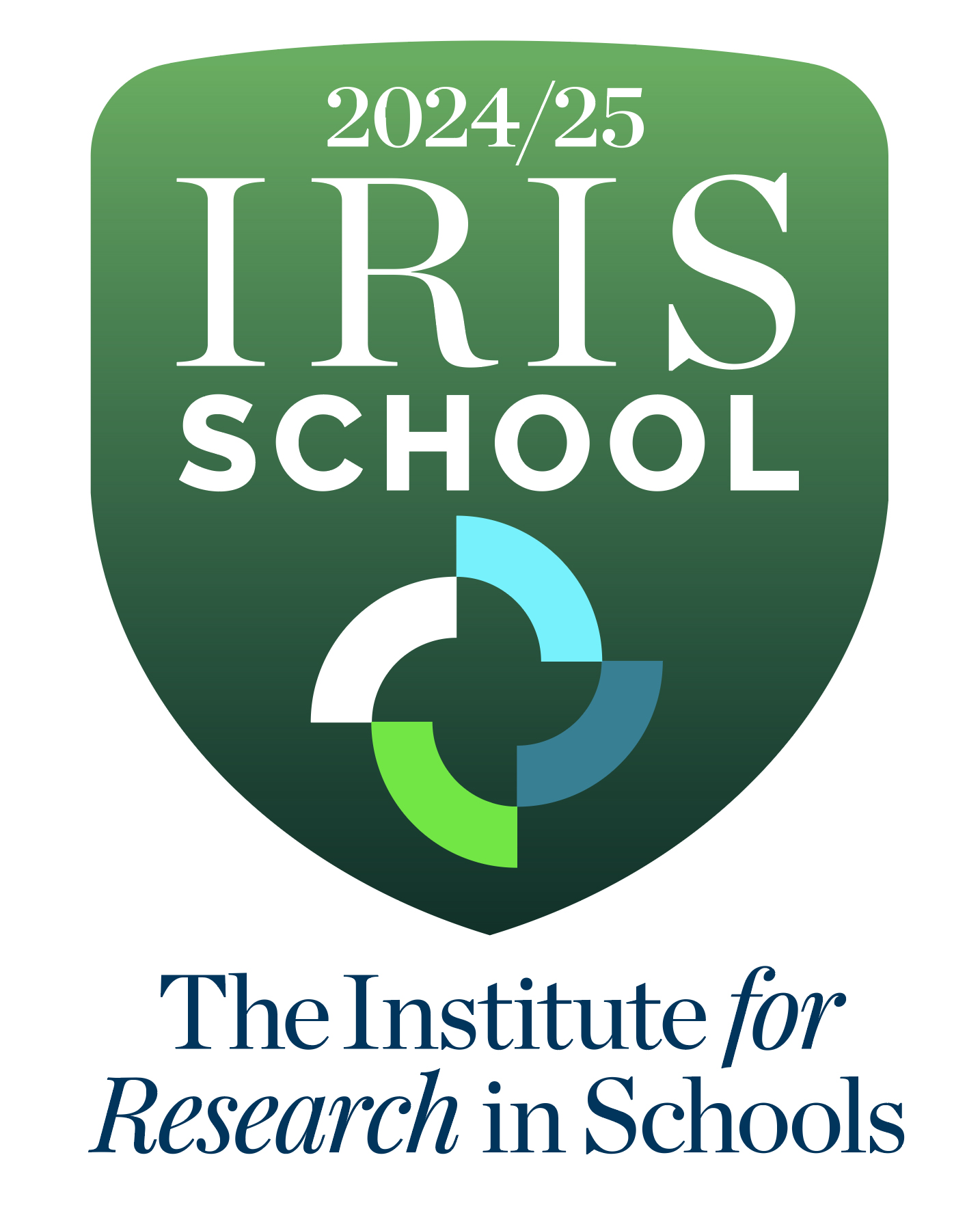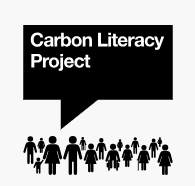|
COMPUTER SCIENCE |
|
|---|---|
|
EXAM BOARD |
OCR |
|
STRUCTURE OF COURSE |
Component 1 Computer Systems (01) Component 2 Algorithms and Programming(02) Component 3 Programming project (03) |
|
ASSESSMENT |
Component 1: 40% 140 marks, 2 hours and 30 minutes written paper Component 2: 40% 140 marks, 2 hours and 30 minutes written paper Component 3: 20% 70 marks, Non-exam assessment |
|
CONTENT |
Component 1 This component will introduce learners to the internal workings of the Central Processing Unit (CPU), the exchange of data and will also look at software development, data types and legal and ethical issues. Component 2 This component will incorporate and build on the knowledge and understanding gained in the Computer systems component (01). In addition, learners should: • understand what is meant by computational thinking • understand the benefits of applying computational thinking to solving a wide variety of problems • understand the principles of solving problems by computational methods • be able to use algorithms to describe problems • be able to analyse a problem by identifying its component parts. Component 3 Learners will be expected to analyse, design, develop, test, evaluate and document a program written in a suitable programming language. The underlying approach to the project is to apply the principles of computational thinking to a practical coding problem. |
|
POSSIBLE CAREER PATHS |
• Software development • Cyber Security • Systems analysis • Database administration • Support specialist • Network and systems administration |
|
POSSIBLE SUBJECT COMBINATIONS |
Computer Science is a highly regarded subject which supports the learning in many subjects, notably the Sciences, Mathematics and Economics. It is also a subject which works well with all others due to the computational thinking and logical skills that are taught as a central part of all areas. |












